June 16, 2022
IGrain’s Rahul Chauhan provides information on pricing and current inventories, as well as import figures and news from domestic and international markets.


Arrivals slowing down, stockists buying at increased local prices
Mumbai
The arrival of lentils in markets started declining and prices continued to rise. Importers don’t want to sell at the current low prices and are waiting for improvement. Mumbai lentils recorded an improvement of Rs. 50/75 per quintal due to the support of domestic lentils and increased buying. By the weekend, vessel prices improved to Rs. 6,850/6,950 and container to Rs. 7,250/7,350
Kolkata prices also registered an increase of Rs. 100 while Canadian lentils sold at Rs. 7,000 and Australian at Rs. 7,100 per quintal.
Delhi
Prices of small lentils increased by Rs. 50 and large by Rs. 200 per quintal. Bundi line traded at Rs. 7,150, Uttar Pradesh at Rs. 7,200, Kota line at Rs. 6,750 and Desi Large at Rs. 7,050 per quintal.
Madhya Pradesh
Slow selling by importers, traders and stockists combined with better demand from processers last week, prices in Madhya Pradesh recorded an increase of Rs 150/200 per quintal. As a result, Ashoknagar traded at Rs. 6,300/6,350, Bina at Rs. 6,350/6,600, Ganjbasoda at Rs. 6,300/ Rs. 6,450, Katni at Rs. 7,000, Indore at Rs. 6,800, Damoh at Rs. 6,200/6,400 and Sagar at Rs. 6,100/6,400 per quintal.
Uttar Pradesh
Prices improved significantly in UP, with small lentils increasing by Rs. 100/150 and large by Rs. 200/300. Prices of Bareilly small lentils reached Rs. 7,500 and Bareilly large sold at Rs. 7,075. Kanpur traded at Rs. 7,000/7,025, Orai at Rs. 6,300, Lalitpur large at Rs. 6,400/6,450 and Lalitpur small at Rs. 6,750/6,800 per quintal.
Other
Raipur prices registered an increase of Rs 150, trading at Rs. 7,050 per quintal. Similarly, Bihar lentils rose by Rs. 150 to Rs. 6,600/7,050 per quintal.
Masur Dall
With the support of rising prices for whole lentils, masur dal prices increased by Rs. 100/200 to Rs. 7,900/8,500 per quintal.

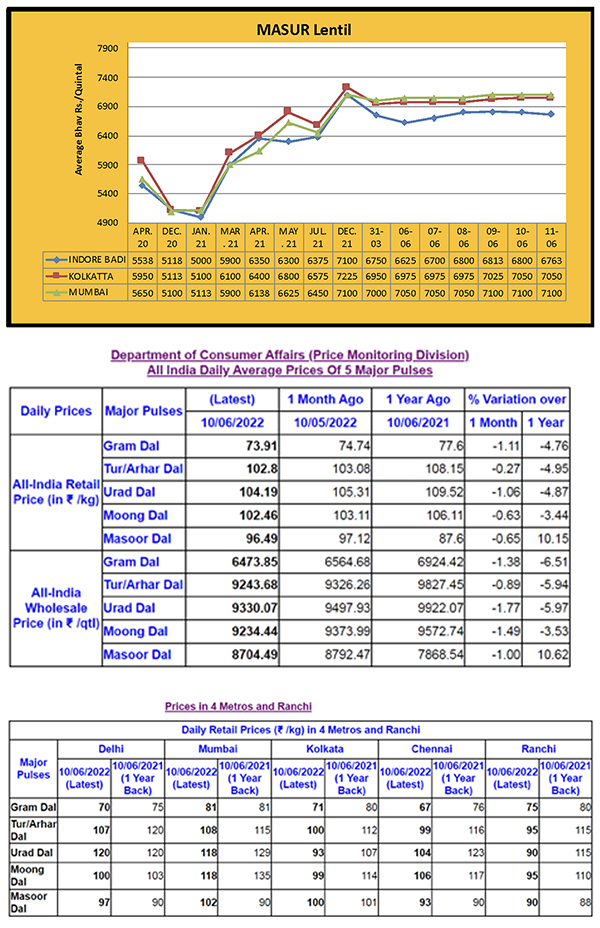
Minimum Support Price fixed for Kharif crops
New Delhi. The Union Ministry of Agriculture and Farmers Welfare has fixed the Minimum Support Price (MSP) for various crops for the Kharif season of 2022-23. In most cases, the MSP has been increased as compared to last year.
In pulses, the MSP of both tuar and urad has been increased from Rs. 6,300 to Rs. 6,600 per quintal. Mungbean has been increased from Rs. 7,275 to Rs. 7,755 per quintal. In oilseeds, groundnut increased from Rs. 5,550 to Rs. 5,850 per quintal, sunflower from Rs. 6,015 to Rs. 6,400, soybean from Rs. 3,950 to Rs. 4,300, sesame from Rs. 7,307 to Rs. 7,830 per quintal and Niger seed from Rs. 6,930 to Rs. 7,287 per quintal.
The MSP of average-quality rice has increased from Rs. 1940 to Rs. 2040 and from Rs 1,960 to Rs. 2,060 per quintal for the 'A' grade-quality, Meanwhile, the MSP for sorghum has increased from Rs. 2,738 to Rs. 2,970 and maize from Rs. 1,870 to Rs. 1,962 per quintal.
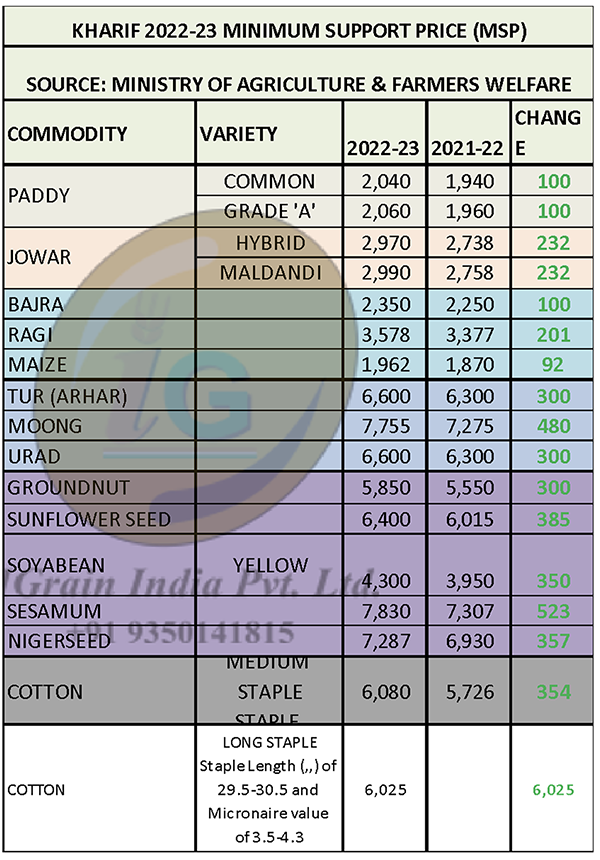
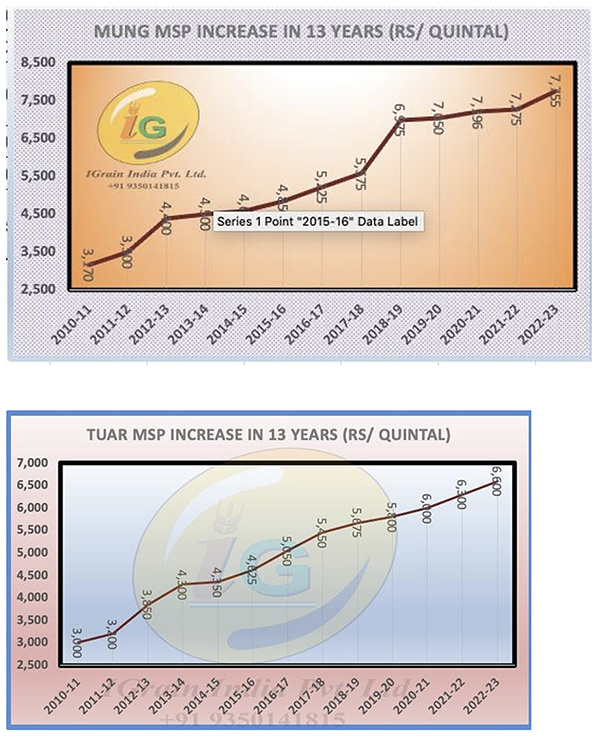
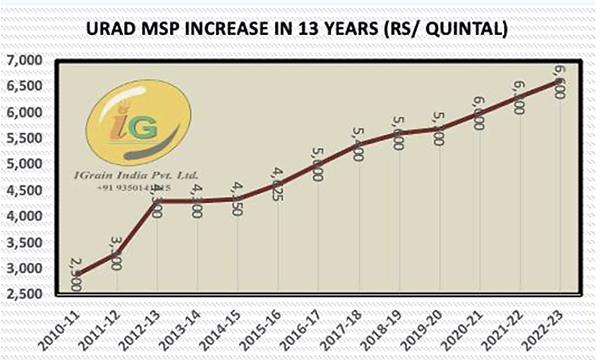
Jaipur. The Central Government has allowed every farmer to sell up to 40 quintals of gram per day at the purchasing centers in Rajasthan, an increase from the previous quantity of 25 quintals. This was announced two months after the start of the Rabi marketing season.
In Madhya Pradesh, 90 per cent of the procurement target for gram has already been achieved whereas in Rajasthan, only 20 per cent has been carried out.
Through a notification issued on June 2, the Agriculture Ministry increased the procurement target for gram in Rajasthan from 0.598 million tons to 0.62 million tons, which is in line with the rule of procuring 25% of the state’s total production. The Central Government has estimated the production of gram in Rajasthan to be 2.482 million tons, while the state government's estimate is 10% higher i.e. 2.722 million tons. According to the available data, until May 31, 2022, about 0.13 million tons of gram were procured in Rajasthan at the MSP of Rs 5,230 per quintal from 55,000+ farmers.
Vancouver. According to official data, Canada exported 95,484 tons of lentils in April 2022. From August 2021 to April 2022, Canada exported around 1.044 millions tons of lentils, 41% less than the same period of the previous marketing season and 38% less than the five year average.
The Canadian Ministry of Agriculture has set an export target of 1.5 million tons of lentils in the 21/22 marketing season, 70% of which has been achieved in the first nine months. Canada will have to export 0.456 million tons of lentils from May to July 2022 to achieve the target, an average of 0.15 million tons per month.
In view of this complexity, the Agriculture Ministry has reduced the lentil export target to 1.4 million tons.
The import of Canadian lentils into India is decreasing due to high prices and the depreciation of Indian rupees. As a result, Indian importers are preferring to import lentils from Australia.
Canada also shipped 23,458 tons of chickpeas and about 0.184 million tons of peas in April 2022.
New Delhi. Monsoon season has begun - the first rains arrived in Kerala on May 29 but are progressing slowly. Meanwhile, sowing of Kharif crops has started, the speed of which will increase as the monsoon progresses in the central and western parts of the country. Good progress is being made in the cultivation of paddy and pulses and the area of oilseeds is almost equal to last year. Union Agriculture Ministry data as of June 3 showed that the total sown area of Kharif crops had reached 6.91 million hectares, just slightly below the area sown at the same time last year. The sown area of pulses has increased from 80,000 hectares to 100,000 hectares. The area of coarse cereals decreased from 0.18 million hectares to 0.17 million hectares and cotton from 1.3 million hectares to 1.07 million hectares.
Due to high prices, the sown area of cotton is expected to increase by about 15 percent from last year to reach an all-time high in this season. Likewise, there may also be a good increase in the sugarcane area whereas pulses and coarse cereals, which are attracting lower prices, may see some decrease compared to last year.
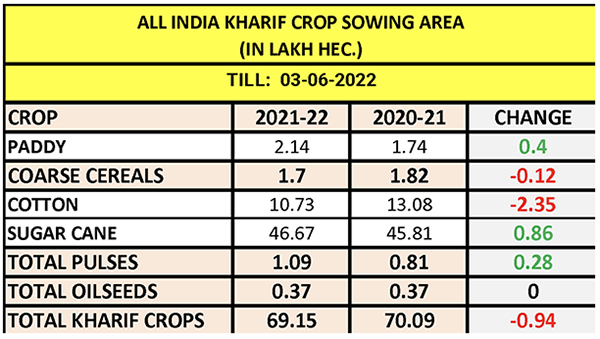
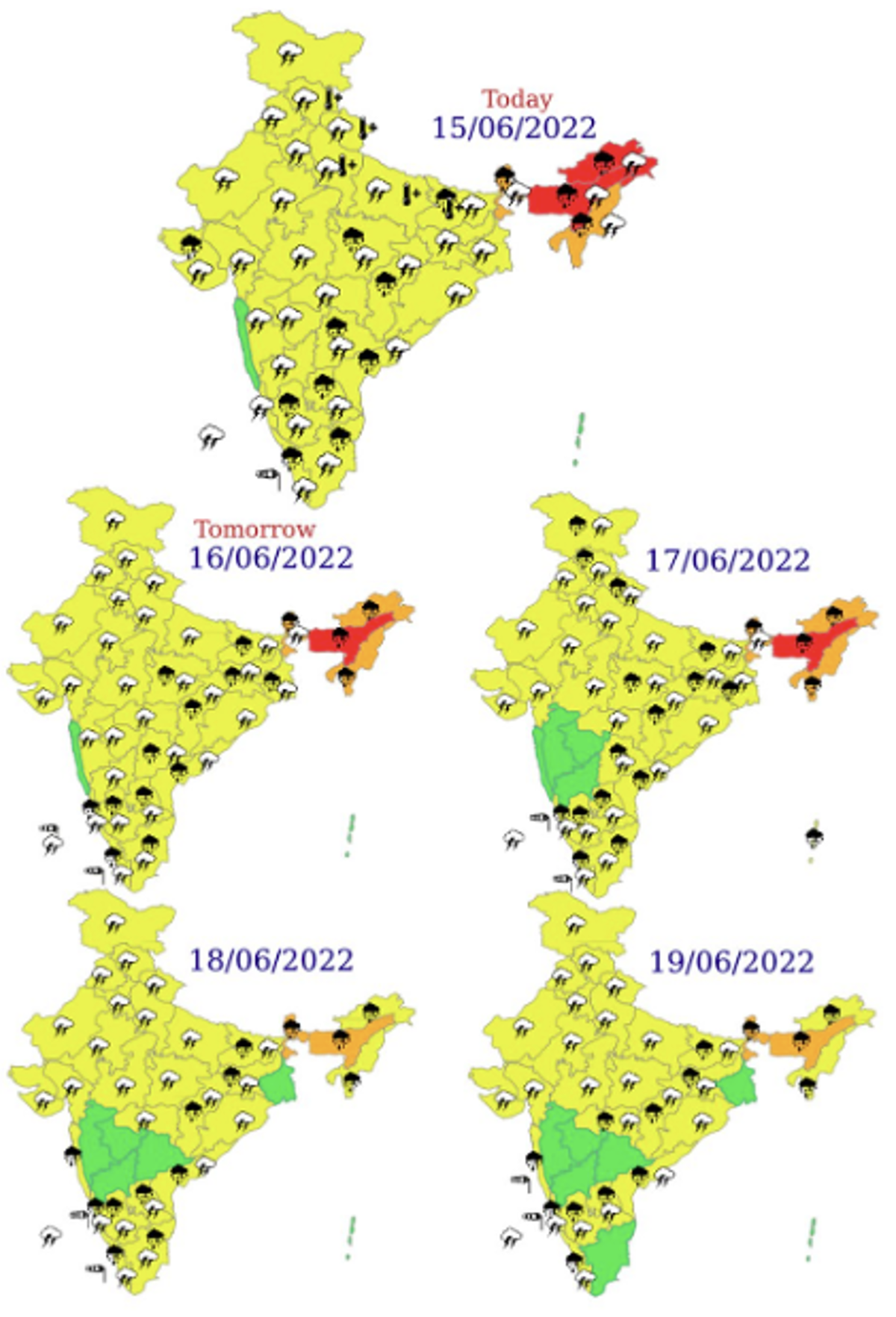
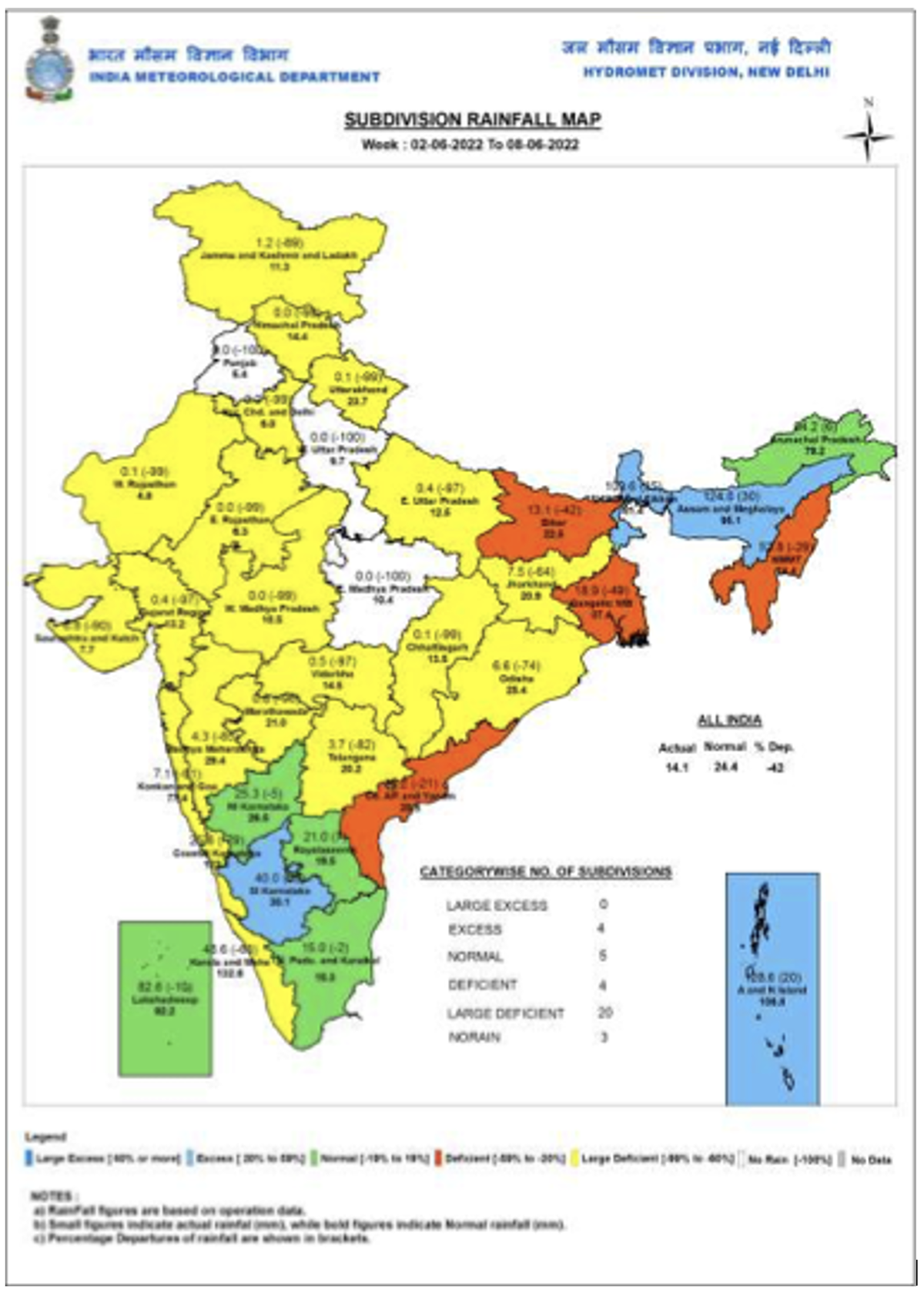
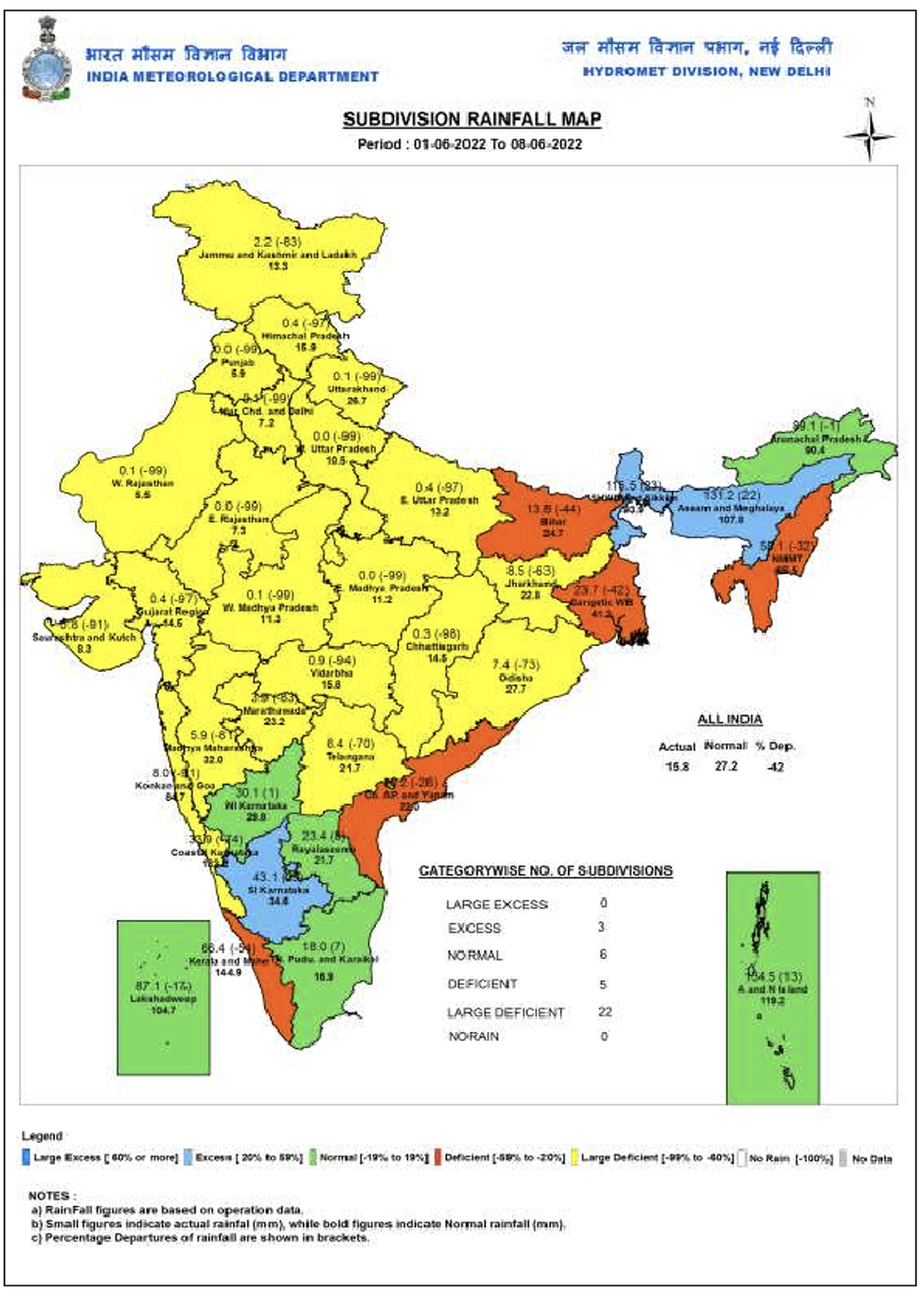
New Delhi. In view of the loss of large volumes of pulse crops due to unseasonal rains last year, the government has deregulated the import of tuar and urad under OGL and decreased the import tax on lentils to zero.
There are good volumes of gram, lentil and peas in the domestic market and the imports of lentils, urad and tuar are going well however a reduction in the Ministry of Agriculture’s lentil production estimate has led to movement in the Canadian market. Indian importers are currently preferring to import lentils from Australia rather than Canada due to high prices in the Canadian market.
During the financial year 2021-22, tuar imports increased to a new record level but lentil imports declined. As production volumes of lentil, tuar and urad were not as high as expected, more imports are predicted in the current financial year.

New Delhi. During the current Kharif season, the sown area of pulses in India is expected to decline by 5-15% compared to last year as farmers are expected to sow more cotton, soybean, maize and sugarcane, which are selling at much more attractive prices than pulses. The area under pulses is expected to decline significantly in the top producing states of Maharashtra and Karnataka. During sowing, the prices of moong, urad and tuar have all been lower than the MSP.
In the Kharif season, tuar, moong and urad are cultivated on a large scale. According to trade analysts, prices have been under pressure in recent months due to the liberal import policy leading to increased supply in the domestic market. Indeed, imports of tuar and urad are increasing.
The government has set a target of 10.55 million tons of pulses production for the current Kharif season, which is much higher than the 2021-22 production of 8.250 million tons estimated in the third advance estimate.
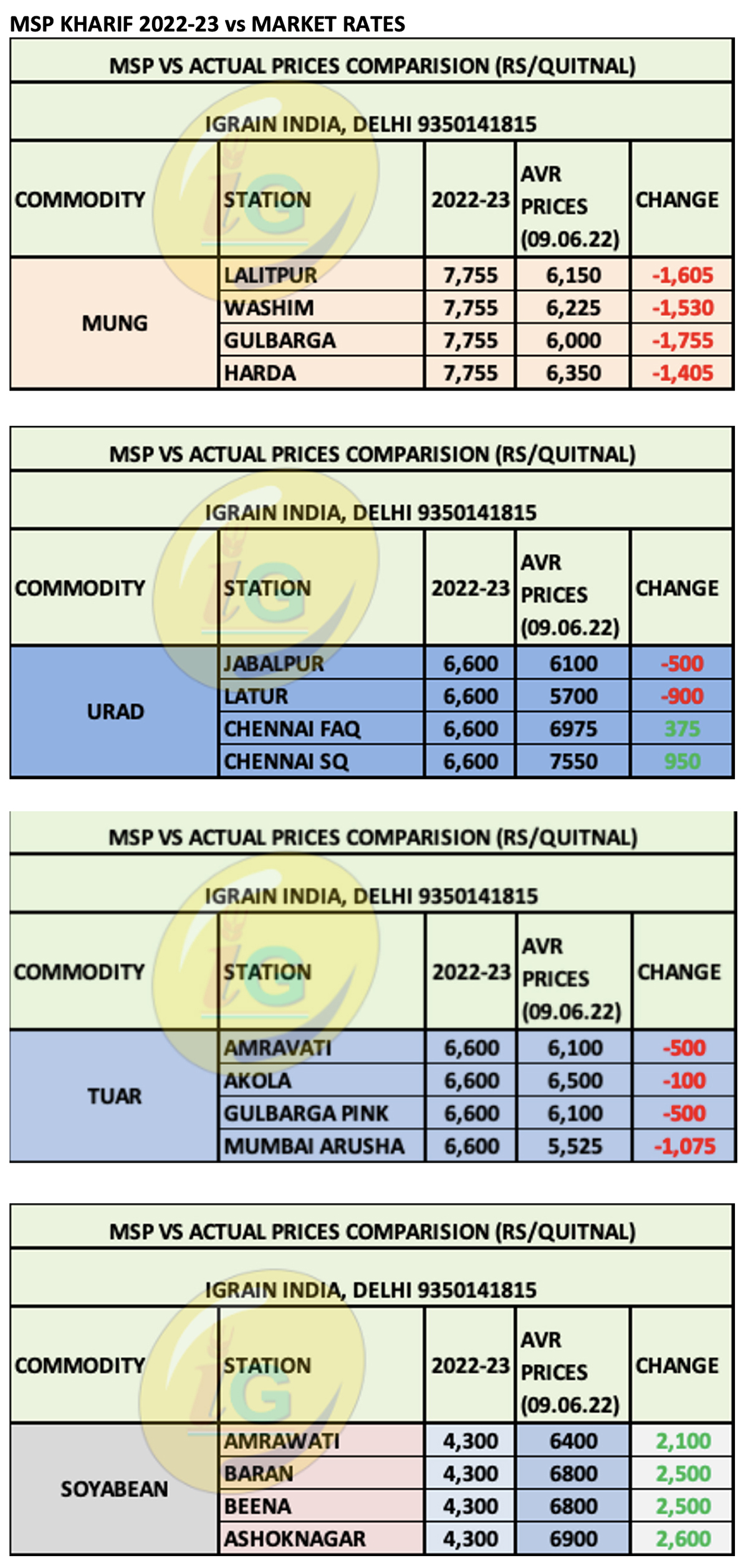
Abbreviations
Tuar/ Arhar: Pigeon Peas PP
Mung: Green Mung
Urad: Black Matpe
Chana: Gram, Desi Chickpea
Matar: Pea
Masur: Lentil
Besan: Gram Flour
Mandi: Market yard
Bhav: Prices
Dal/Daal: Processed Pulses (Directly for human consumption)
Rs: Indian Rupees (1$=Rs 78.29) 15 June 22 at 05:45 PM IST
Rahul Chauhan
Director, IGrain India
igrainind@gmail.com
+91 9350141815
Twitter igrain_india
Disclaimer: The opinions or views expressed in this publication are those of the authors or quoted persons. They do not purport to reflect the opinions or views of the Global Pulse Confederation or its members.